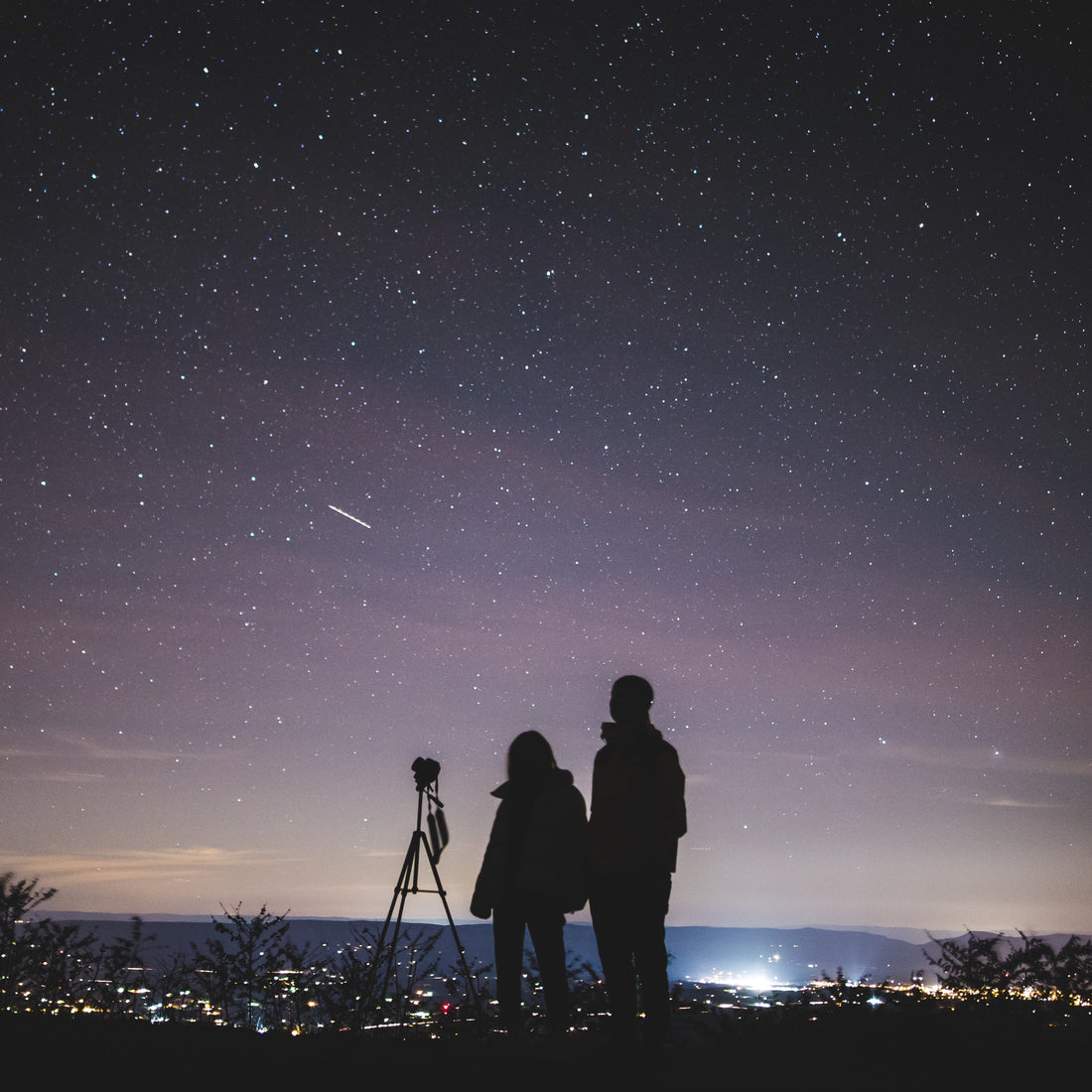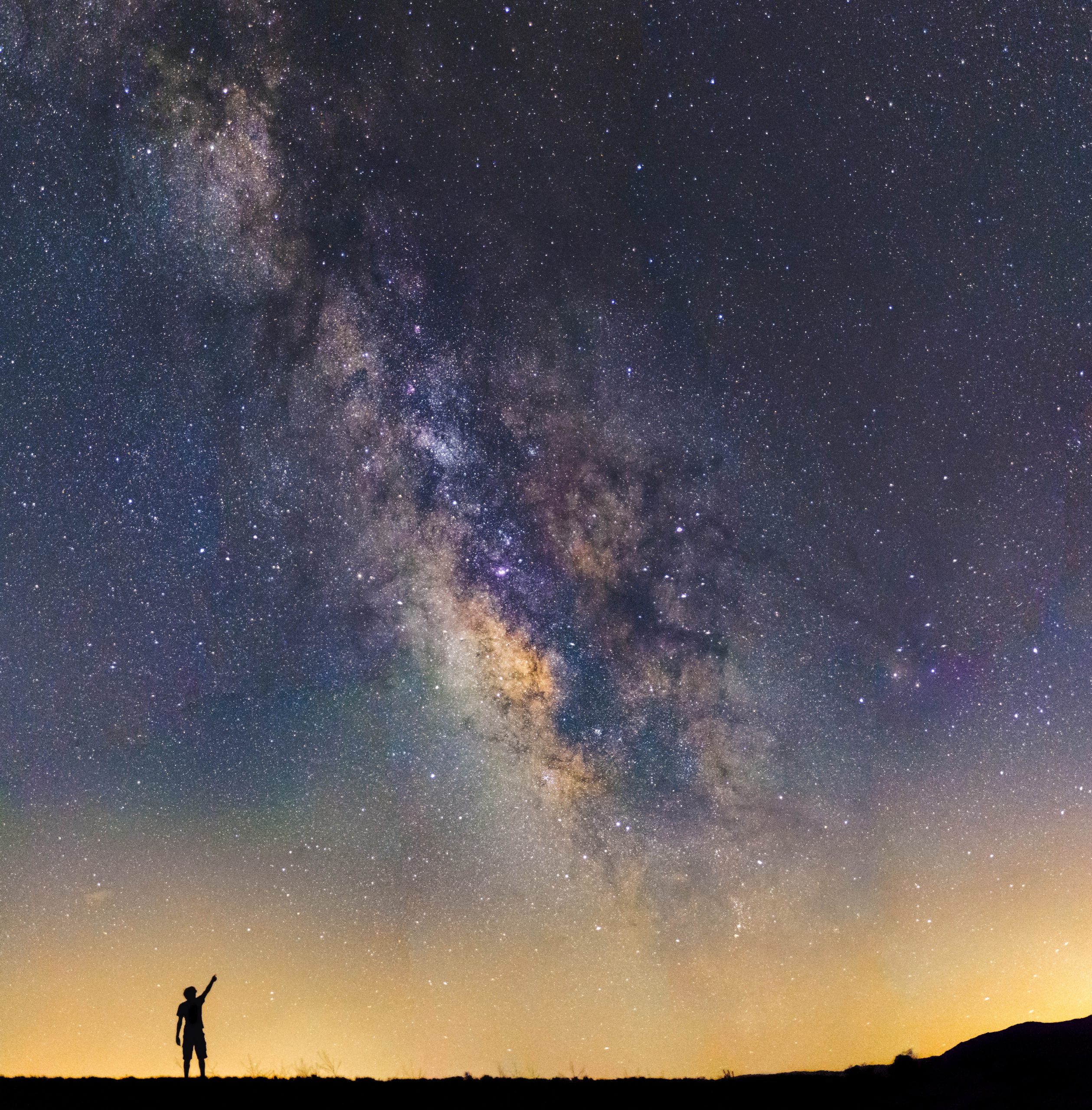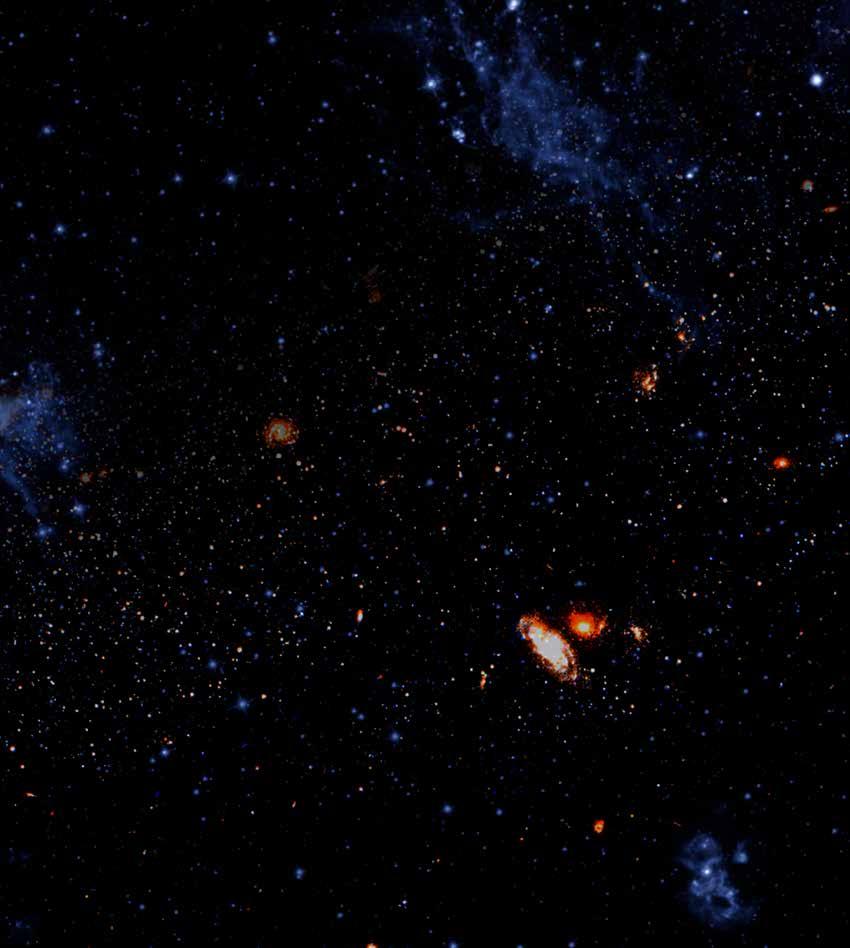Introduction to Astrophotography: Capturing the Beauty of the Night Sky
Have you ever gazed up at the night sky, marvelled at the twinkling stars, and wondered what lies beyond? The vast expanse of the universe holds mysteries and wonders beyond our wildest imagination, and one captivating way to explore its beauty is through astrophotography. Join me on a journey as we delve into the essence of Introduction to Astrophotography: Capturing the Beauty of the Night Sky.
Defining Astrophotography: Painting with Light from the Cosmos
Astrophotography is not merely about taking pictures of stars; it's about capturing the essence of the cosmos through the lens of a camera. It merges art and science, requiring both technical expertise and a keen artistic eye. At its core, astrophotography is the art of capturing celestial objects such as stars, planets, galaxies, and nebulae, transforming the dark canvas of the night sky into breathtaking images that ignite wonder and awe.
The Key Aspects: Gear, Technique, and Patience
Embarking on an astrophotography journey requires the right tools and techniques. While a basic camera can capture the night sky, dedicated astrophotography equipment elevates the experience. Telescopes, tracking mounts, and specialized cameras open up a realm of possibilities for capturing distant celestial objects with stunning detail.
However, gear alone does not guarantee success. Patience and perseverance are essential virtues in the world of astrophotography. Aligning telescopes, tracking stars, and mastering exposure settings demand dedication and practice. Astrophotographers often spend hours, if not entire nights, under the starry canopy, waiting for the perfect moment to capture the elusive beauty of the cosmos.
The Relevance of Astrophotography in the Modern Era
In an age dominated by technology and urbanization, astrophotography serves as a poignant reminder of our connection to the universe. Beyond its aesthetic appeal, astrophotography plays a crucial role in scientific discovery and education. Amateur astrophotographers contribute valuable data to professional astronomers, aiding in the study of celestial phenomena and the advancement of our understanding of the cosmos.
Moreover, astrophotography fosters a sense of wonder and curiosity about the universe, inspiring future generations of scientists, artists, and dreamers. In a world filled with distractions, the serene beauty of a star-studded sky reminds us of the vastness of space and the infinite possibilities that lie beyond our earthly confines.
Insights from the Cosmos: Anecdotes and Examples
Every astrophotographer has a story to tell – moments of triumph, frustration, and sheer awe. From capturing the delicate filaments of a distant nebula to witnessing the dance of the auroras in the polar skies, each image is a testament to the wonders of the universe and the passion of those who seek to capture them.
One such anecdote comes from my own experience of photographing the Milky Way on a moonless night in the desert. As the cool night air enveloped me, I gazed up at the glittering expanse above, feeling a profound sense of insignificance in the face of cosmic grandeur. With each click of the shutter, I immortalized the beauty of the night sky, capturing fleeting moments that would otherwise be lost to time.
Conclusion: Embracing the Cosmos with Astrophotography
In conclusion, Introduction to Astrophotography: Capturing the Beauty of the Night Sky is more than just a technical skill – it's a gateway to the cosmos, a journey of exploration and discovery. Through the lens of a camera, we can glimpse the wonders of distant galaxies, marvel at the intricate patterns of star clusters, and ponder the mysteries of the universe.
So, dear reader, I invite you to embark on your own astrophotography adventure. Whether you're a seasoned astronomer or a curious novice, the night sky holds wonders beyond imagination, waiting to be captured and shared with the world. Let's embrace the cosmos together, one shutter click at a time.






Comments
Post a Comment